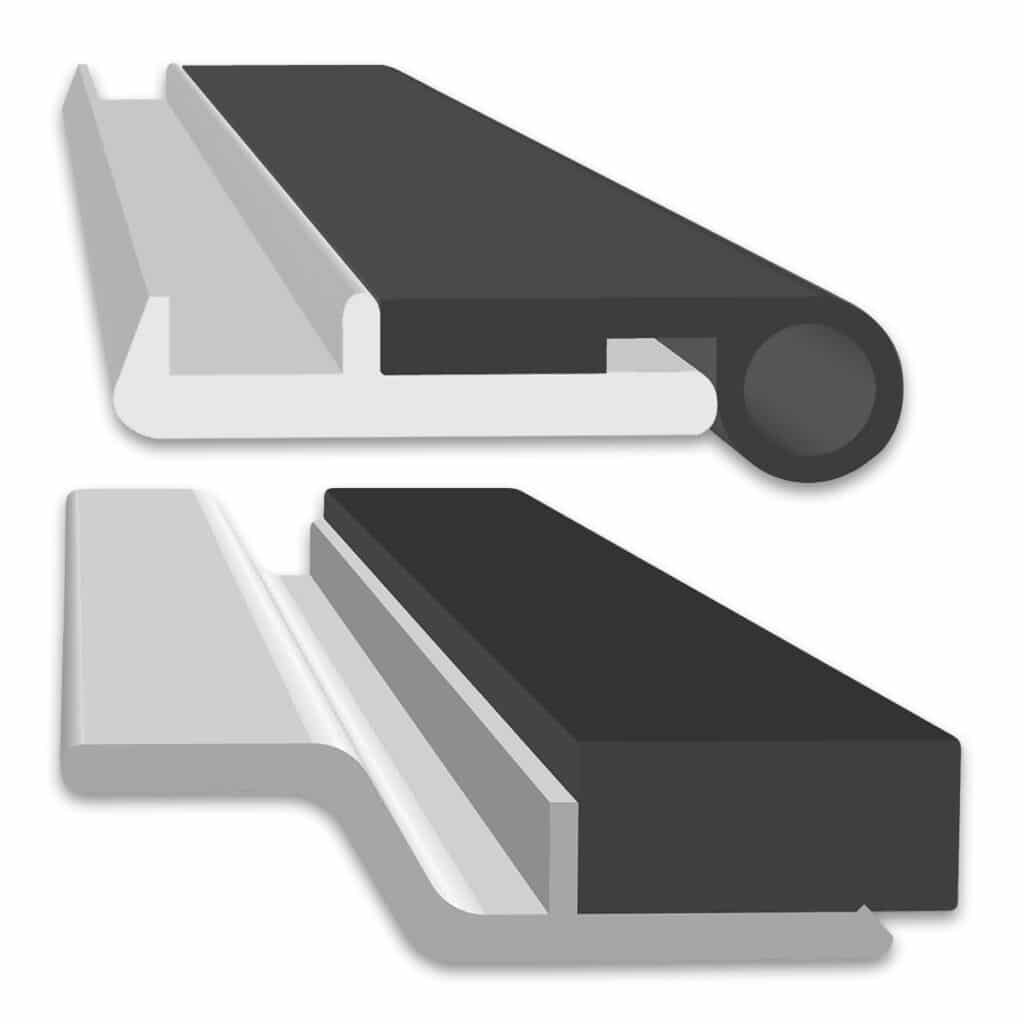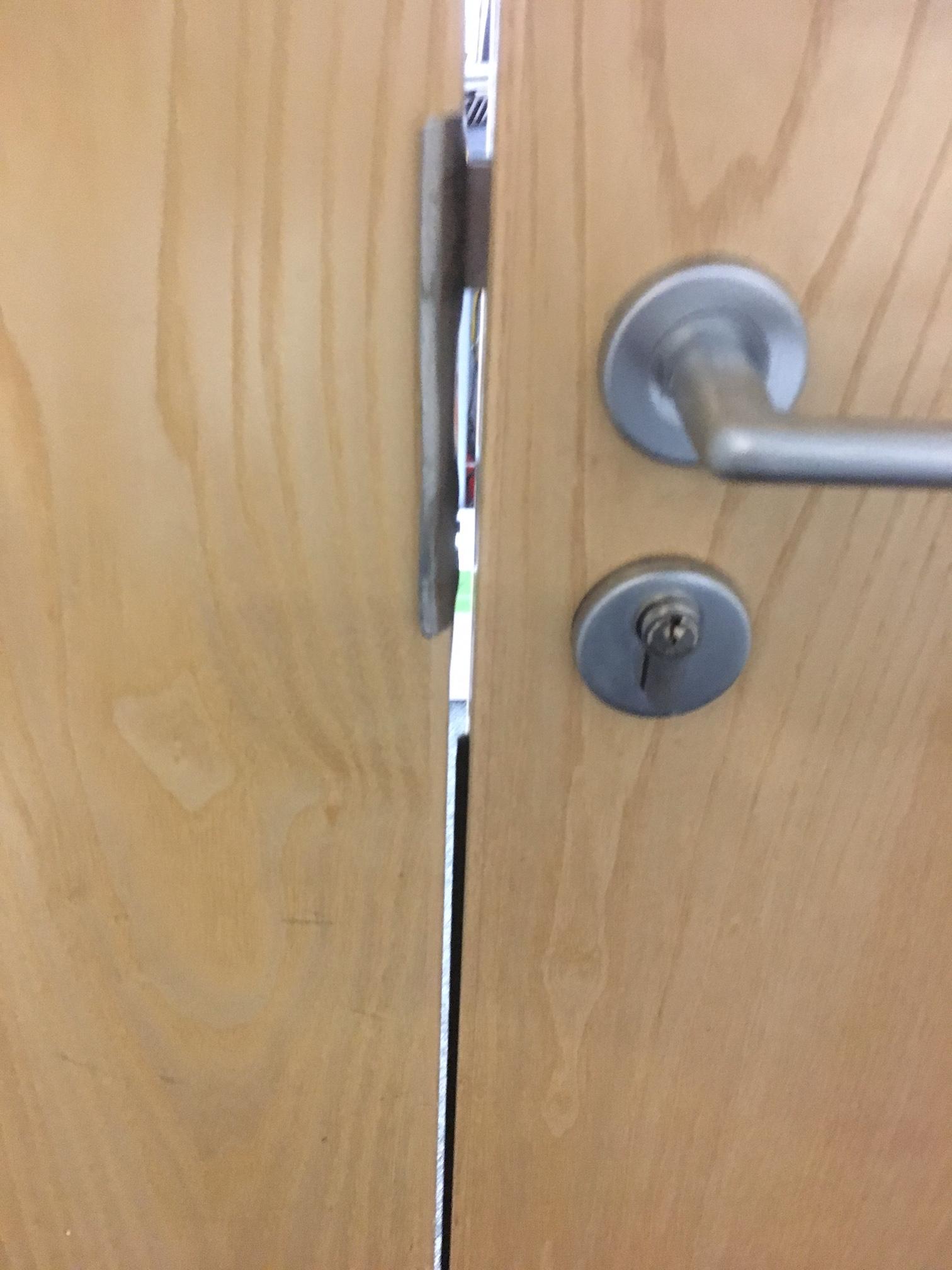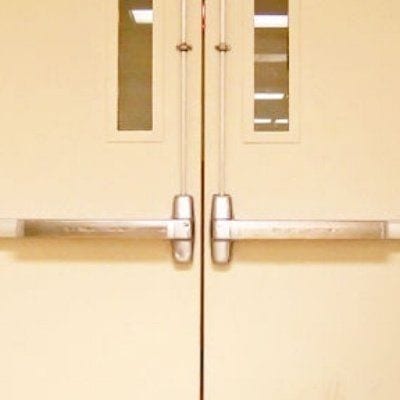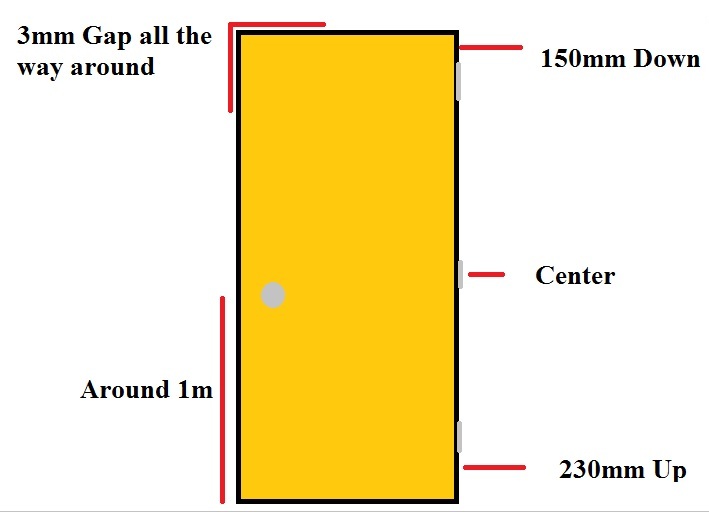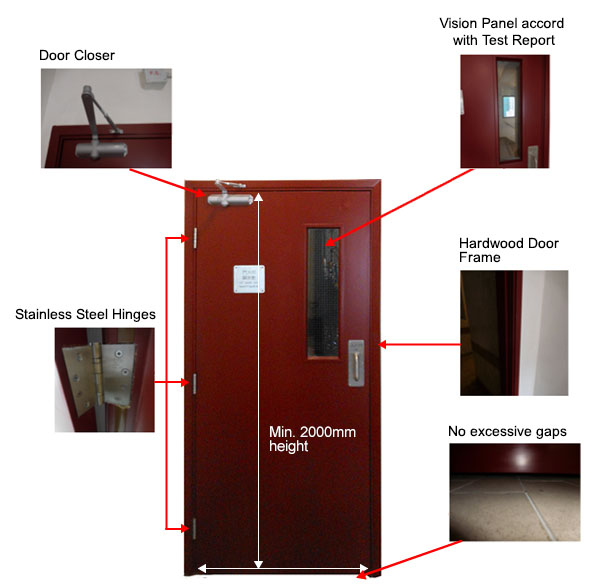It s recommended to aim for a 3mm gap to ensure adequate room for the intumescent strips to activate in the event of a fire and for the smoke seal strips if installed to not get damaged by the opening and closing of the door.
Double fire door gaps.
Brush seals have flexible filaments that conform to fill gaps.
The development of fire door testing.
For a private premises it is advised to install fire doors where the risk is most imminent for example the kitchen or rooms which house lots of electrical devices.
Gaps between fire doors and the door frame should never be more than 4mm or less than 2mm.
Nfpa 80 fire doors and other opening protectives.
Under the bottom of a door.
1 8 for more detailed gap information refer to nfpa 80 section 6 3 1 7 and section.
In general clearance for those allowed gaps are as follows.
Which is designed to expand when temperatures reach beyond 200 c to seal the gaps between the door and frame.
Best practice guidance states that the gaps at the sides and top of a timber fire door should be between 2 and 4mm.
They are abrasion resistant neoprene.
30 30 double action door.
Contains information on maximum gap allowances for different types of fire doors.
How big should gaps around fire doors be.
Wraparound seals create a seal on both sides of a door.
10mm x 4mm both sides and top 10mm x 4mm both sides and top 30 30 double pairs of doors.
Vinyl is the most economical choice.
The filaments are nylon for good wear resistance.
Epdm resists abrasion and weather.
Seal the space between your double doors.
You can measure the gap with a simple gap gauge.
The smoke and the fire will try to push through the side and top gaps around a fire door while usually drawing air from underneath the door.
1 8 meeting edges for a pair of doors.
3 4 between door and frame.
